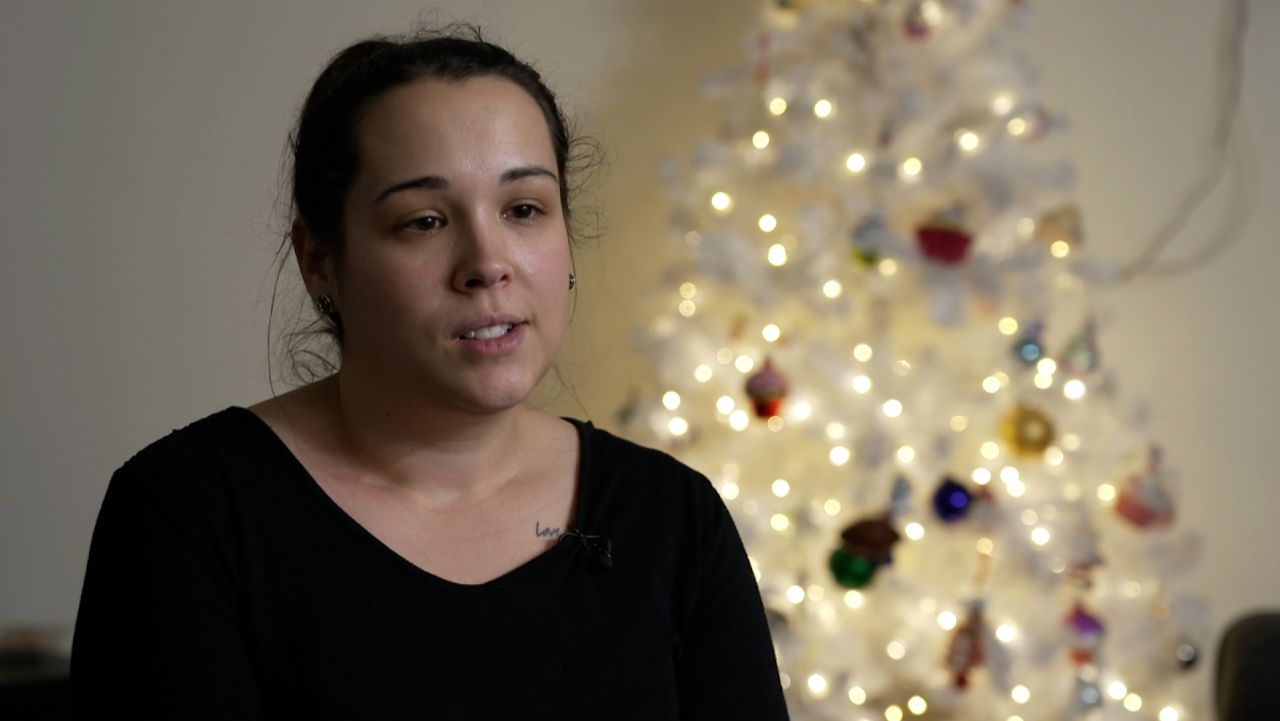The trend is clear: Inflation is cooling off in America.
The Federal Reserve’s preferred measurement of inflation showed price increases continued to moderate in November, providing yet another welcome indication that the period of painfully high prices has peaked.
The Personal Consumption Expenditures price index, or PCE, rose 5.5% in November from a year earlier, the Commerce Department reported Friday. That’s lower than in October, when prices rose 6.1% annually.
In November alone, prices rose just 0.1% from October.
Core PCE, which excludes the volatile food and energy categories, was up 4.7% annually and 0.2% on a monthly basis, matching expectations of economists polled by Refinitiv.
The annual increases for both PCE inflation indexes hit their lowest levels since October 2021 and follows continued declines in other inflation gauges, such as the Consumer Price Index and Producer Price Index.
PCE, specifically the core measurement, is the Fed’s favored inflation gauge, since it provides a more complete picture of costs for consumers.
Friday’s report also showed that spending continued to rise in November, but at a much slower pace than in previous months. Spending was up 0.1% in November as compared to 0.8% the month before. Personal income increased by 0.4% in November, down from 0.7% in October.
What the Fed is looking for
The November PCE report, the last major inflation gauge released in 2022, provided a snapshot of an economy in transition. Tasked with reining in the highest inflation since the early 1980s, the Fed has undertaken a series of blockbuster interest rate hikes to squelch demand.
In its seven meetings starting in March, the central bank’s policymaking arm raised its benchmark interest rate by a cumulative 4.25 percentage points. The sharp hike in rates has started to filter through the economy, its effects showing up first in areas such as real estate, where mortgage rates were 6.27% this week, more than double the rate seen last year at this time, according to Freddie Mac data.
“The economy is moving in the right direction from the Federal Reserve’s perspective at the end of 2022, but not quickly enough,” Gus Faucher, chief economist for PNC Financial Services, said in a statement. “Higher interest rates are weighing on consumer spending, particularly for durable goods, and inflation is slowing.”
Inflation has moderated in recent months, especially on items like goods as supply chain bottlenecks have eased and consumers focused more spending in areas like leisure and hospitality.
However, inflation within the services sector has been a little “sticky,” and not abating as quickly. Friday’s PCE report showed the services index posted a monthly increase of 0.4% – unchanged from October’s rate – and a year-over-year increase of more than 11%, Faucher noted.
While much of the services inflation is due to housing costs, which are rapidly reversing, the Fed is concerned that strong wage growth could fuel persistent increases in services prices and overall inflation, he added.
“The Federal Open Market Committee will continue to increase the fed funds rate in early 2023 until it becomes more apparent that the job market is cooling, and wage growth and services inflation are slowing to more sustainable paces,” he added.
The Fed’s latest economic projections that were released last week showed that board members were expecting inflation to remain slightly higher for longer than previously forecast. Fed board members now expect PCE inflation to end 2023 at 3.1% and core PCE to finish next year at 3.5%, above the central bank’s target rate of 2%.
Durable goods orders sink in November
A separate Commerce Department report released Friday showed that new orders for manufactured goods tumbled 2.1% in November, the biggest monthly drop since the onset of the pandemic.
Transportation equipment, specifically new orders for non-defense aircraft and parts, drove the decline, according to the report. Excluding transportation, new orders increase 0.2%.
Shipments increased 0.2% in November, which followed a 0.4% increase in October.
“Core durable goods orders slowed but did not contract, reflecting growing unease about the economy,” Diane Swonk, chief economist for KPMG, tweeted Friday after the report’s release. “Manufacturing activity has begun to contract and prelim reading for December suggests it will contract further at year end. A cold winter expected for the manufacturing sector.
How consumers are feeling

Inflation’s slow march downward has been welcome news to consumers as well, helping to perk up their economic sentiments during December, according to new data released Friday by the University of Michigan.
The final December reading for the index of consumer sentiment came in at 59.7 in December, up slightly from a preliminary measurement of 59.1 and November’s final reading of 56.8, according to data from the university’s Surveys of Consumers.
“Consumers clearly welcomed the recent easing of inflation,” Joanne Hsu, director of the Surveys of Consumers, said in a statement. “While sentiment appears to have turned a corner from its all-time low from June, consumers have reserved judgment about whether the trends will continue.”
She added: “Their outlook for the economy may have improved, but it remains relatively weak. The sustainability of robust consumer spending is contingent on continued strength in incomes and labor markets in the quarters ahead.”
The report showed the biggest improvement in sentiment about business conditions, while inflation expectations also improved by falling to 4.4% in December, the lowest reading in 18 months, according to the university. This is a key data point for the Federal Reserve. If consumers believe prices will remain high, that could factor into increased wage demands, which could cause businesses to raise prices.
Earlier this week, the Conference Board’s consumer confidence index – another measure of how consumers are feeling about the economy – landed at its highest measurement since April 2022.























